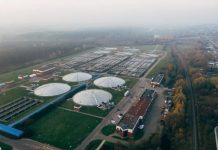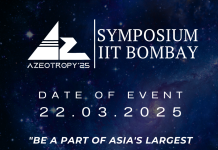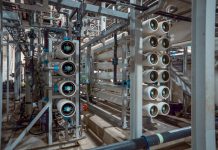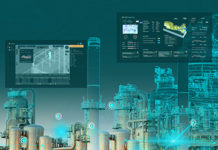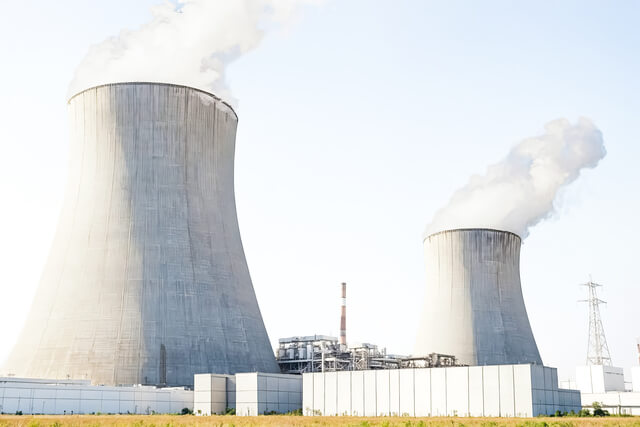India is set to transform its nuclear energy landscape with a strategic focus on Small Modular Reactors (SMRs) – compact, flexible, and scalable alternatives to traditional nuclear plants. Backed by a substantial ₹20,000 crore investment, the government plans to have five SMRs operational by 2033, propelling the country toward its ambitious goal of 100 GW nuclear capacity by 2047.
A Timely Shift to Tackle Decarbonisation Challenges
This pivot comes in response to the dual challenge of decarbonising the energy sector and overcoming the practical limitations of expanding conventional nuclear infrastructure. SMRs offer an innovative solution, combining flexibility in deployment with cost-efficiency and faster construction timelines.
Diverse Reactor Designs in the Pipeline
Globally defined as reactors with capacities below 300 MW, India is developing a range of SMR technologies, including:
- 220 MW Bharat Small Reactors (BSR)
- 50 MW Bharat Small Modular Reactors (BSMR)
- 5 MWt Gas-Cooled Micro Modular Reactors (GCMMR)
These reactors are tailored to serve different energy needs, from industrial applications to remote power supply, while maintaining strong safety and environmental performance.
Strategic R&D and Demonstration Projects
The roadmap includes targeted research and development in fuel cycle technologies and the commissioning of demonstration units, notably:
- A 200 MWe loop-type BSMR
- A 5 MWt gas-cooled reactor designed for hydrogen generation
The pilot projects aim to validate designs and technology readiness before moving to broader commercial deployment.
Three-Pronged Deployment Strategy
The Department of Atomic Energy has outlined a comprehensive strategy to roll out SMRs across the country:
- Repurposing ageing coal-fired thermal plants with modular nuclear units to extend their utility while reducing emissions.
- Powering energy-intensive industries like steel and aluminium using 200 MW-class captive SMRs.
- Deploying smaller 50 MW units in remote or geographically constrained regions where large plants are not feasible.
Technology Backed by Existing Expertise
Most SMRs and BSMRs will use pressurised water reactor (PWR) technology, leveraging India’s deep expertise in this domain. Meanwhile, gas-cooled reactor designs are under active development, offering flexibility for high-temperature applications like hydrogen production.
Private Sector Participation Marks Policy Breakthrough
In a landmark shift, the government has opened the door to private sector involvement in both the development and operation of SMRs. This move breaks from the traditional monopoly of the public sector under the Atomic Energy Act of 1962 and is expected to accelerate deployment, improve efficiency, and unlock new financing models.
Advantages of SMRs Over Traditional Reactors
SMRs offer several compelling benefits:
- Faster and modular deployment
- Lower upfront costs
- Reduced land requirements
- Enhanced siting flexibility
- Factory-based manufacturing potential
These features make them ideal for industrial decarbonisation and the transition away from coal.
International Collaboration in Focus
India is also seeking global partnerships to bring in best practices in reactor design, safety, and operation. Countries like Russia (ROSATOM) serve as important collaborators, offering insights into successful SMR deployment.
Targeting 41 GW from SMRs by 2047
Out of the 100 GW nuclear energy goal by 2047, SMRs are projected to contribute around 41 GW, with the rest coming from ongoing and future large-scale nuclear projects. Rather than replacing traditional reactors, SMRs will play a complementary role, particularly in industrial and decentralized energy applications.
Phased Rollout with Clear Milestones
To ensure success, the government is adopting a phased implementation plan with measurable milestones:
- By 2030: Demonstration and early deployment
- By 2040: Medium-scale rollouts
- By 2047: Full-scale commercial operation and integration
A Bold Step Toward Net-Zero and Energy Security
India’s SMR initiative signals a bold and pragmatic leap toward energy diversification, industrial decarbonisation, and net-zero emissions. As reported by indiandefensenews.in, its success will depend on technological maturity, regulatory clarity, public engagement, and effective public-private collaboration.

